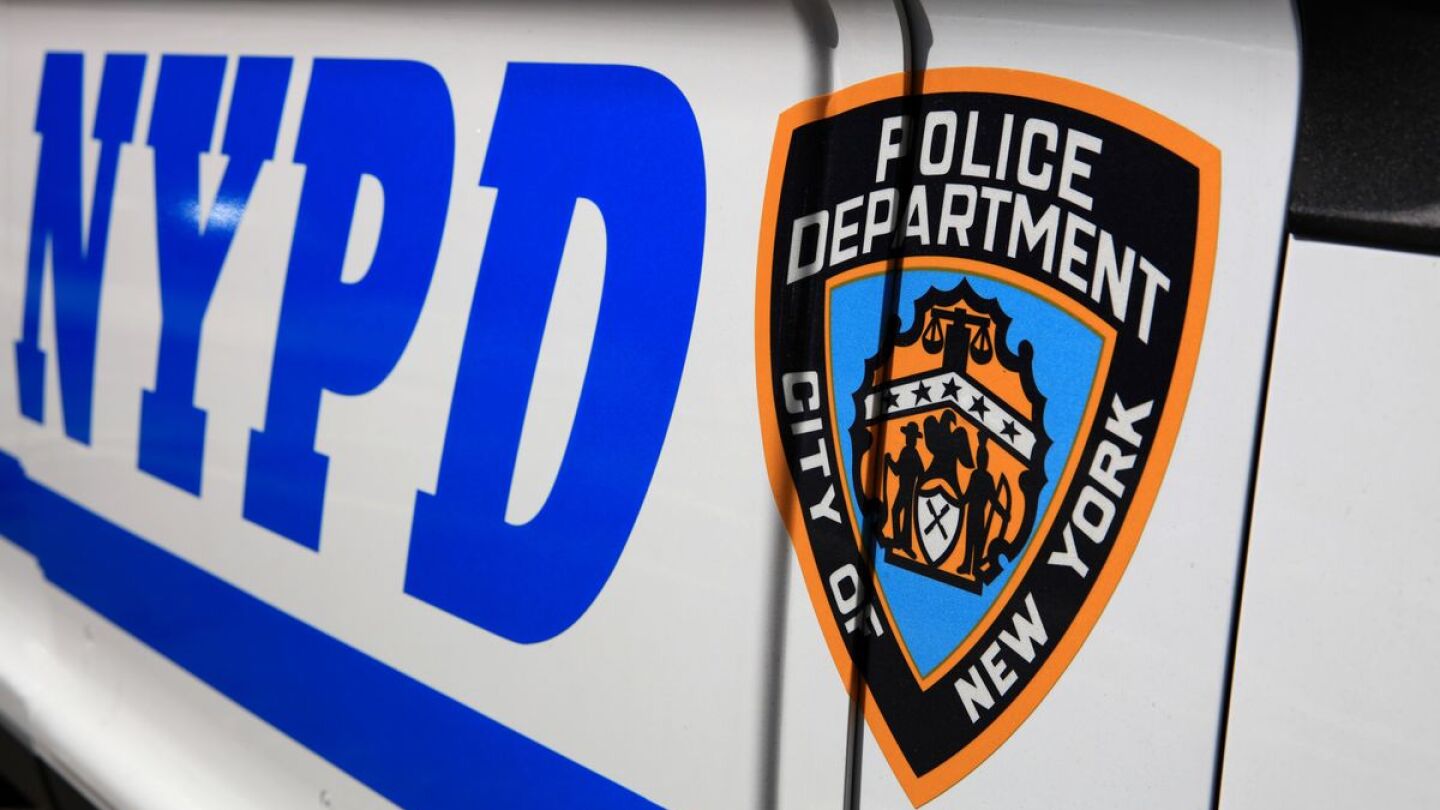Data/Information Sharing
From radios to rugged handhelds, practical measures can keep voice, video and data protected come what may
This platform supports the ‘connected cop’ concept by letting one device serve the purposes of four
Turn vehicle motion data into actionable investigative insights
New insight on avoiding disruptive connectivity outages
The Violent Person File provides officers with information about individuals who may have a propensity for violence against law enforcement
The bill would provide for information sharing and dissemination, emulating the New Jersey State Police real-time crime center; there, agecies are tied into a real-time computer chat to report car thefts and information
Join our expert panel as they share invaluable lessons and best practices for agencies aspiring to launch or enhance their real-time crimefighting capabilities
Veritone’s AI-powered redaction software enables a primary state law enforcement agency to streamline processes and address ever-increasing FOIA requests
The study by First HELP and CNA Corporation identified more deaths by suicide between 2016 and 2022 than an FBI database; it emphasized the need for more accurate federal reporting
The new module streamlines processes, ensuring that assessments are performed fully and efficiently while capturing comprehensive, actionable data
Cutting-edge platforms can enhance organizations’ capabilities, improve their performance, and empower faster, better decisions
The class action suit alleges LexisNexis faked identity thefts, froze credit files and damaged credit reports
Over 20 states have enacted legislation to provide digital mapping, site-specific labeling, critical details to first responders
Having access to centralized data in one platform can streamline operations and inform tactical operations while boosting transparency and trust
This powerful platform turns your data into meaningful information
The officers say personal information about where they live and family information fell into the hands of criminals who used data brokers to access the information
“Well over 5,000 cops were attacked and injured last year – that’s not only a record, it’s a full-blown epidemic,” Police Benevolent Association President Patrick Hendry stated
The NYPD began an information exchange program with N.J. agencies, allowing law enforcement to share information about car thefts across state lines
OnSolve CodeRED will provide The ADAM Program with the first-ever targeted SMS alerting of missing children information to millions of US residents
New Mexico tops the list of U.S. states in terms of 911 call frequency, with 1,169 calls per 1,000 residents
An independent review was conducted after a 2018 report claimed more than 100 troopers had falsified racial profiling data; the review found most “falsified” records were unintentional errors
The new law requires officers to record the apparent race, gender and age of every person officers question, even if they are not suspected of committing a crime
The move comes as part of an effort to combat the Missing and Murdered Indigenous Persons epidemic; there are approximately 4,200 unsolved cases in the state
NYPD
The NYPD and some legal experts say that the number of complaints pale in comparison “to the millions of interactions officers have with the public on an annual basis”
The program is intended to highlight residents of all ages with conditions or disabilities that make it difficult or impossible for them to verbally communicate with first responders, like autism, Alzheimer’s or a traumatic brain injury
The drop in killings follows the launch of an anti-gun crime unit in 2022
“People should get used to hearing good news about BPD, and not just bad news,” an oversight director stated
“No law enforcement agency — including the Justice Department — can effectively do its work without the trust of the public,” Attorney General Merrick Garland stated
Sharing crime data empowers law enforcement agencies to analyze information from various sources, unveiling emerging crime patterns at a regional level
Close cases faster with the help of Spokeo’s people search platform
The T-Mobile 5G network enables the deployment of advanced technology for first responders
The true power of data sharing lies in relationships – here’s how to build them
MOST POPULAR
- Webinar: Enhancing crash reconstruction practices through digital workflows
- Webinar: Leadership under pressure: Guiding teams safely through major events
- Connecting the dots: Inside law enforcement’s push for unified data systems
- Why data-informed community engagement is crime prevention and policing reimagined
- Can ChatGPT help law enforcement?































